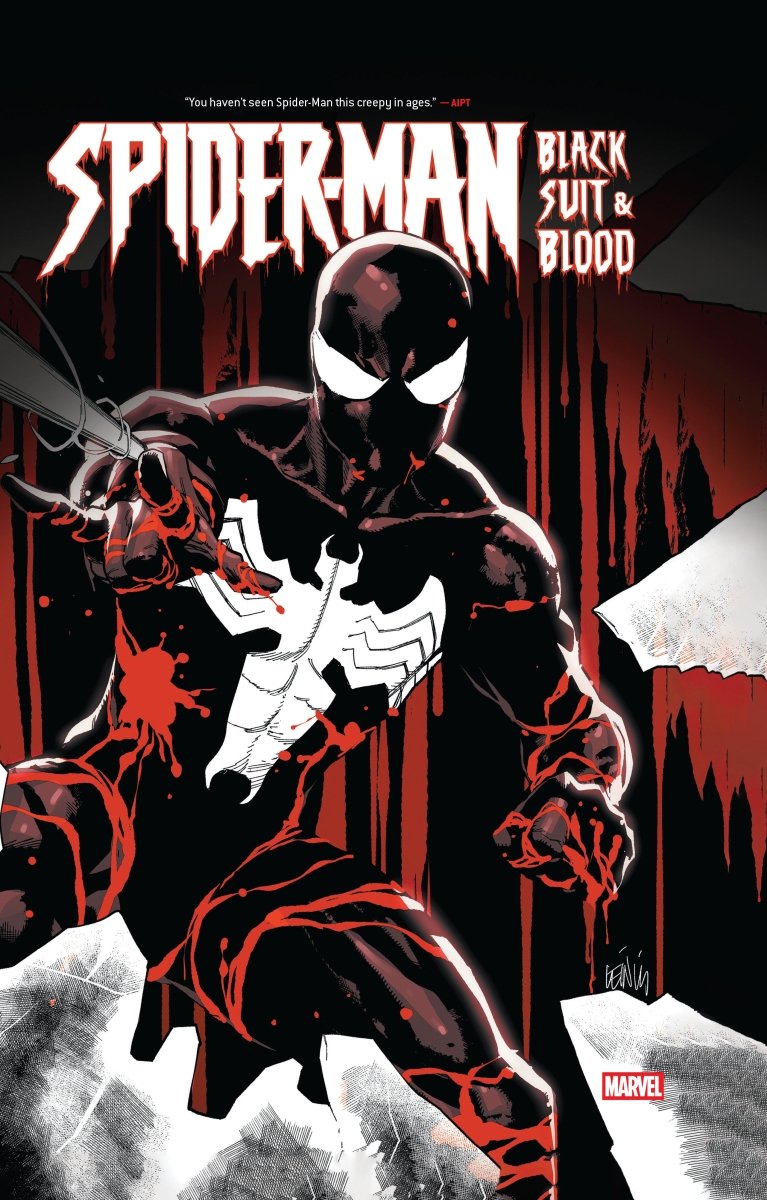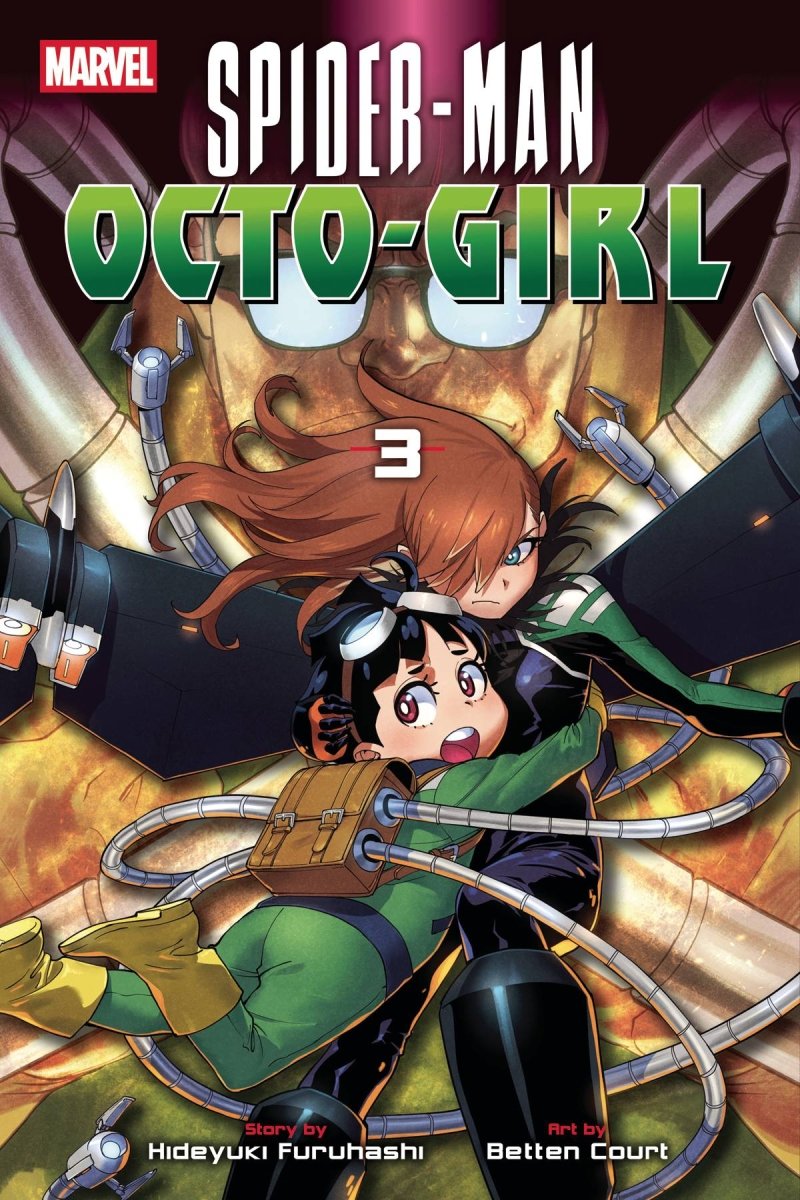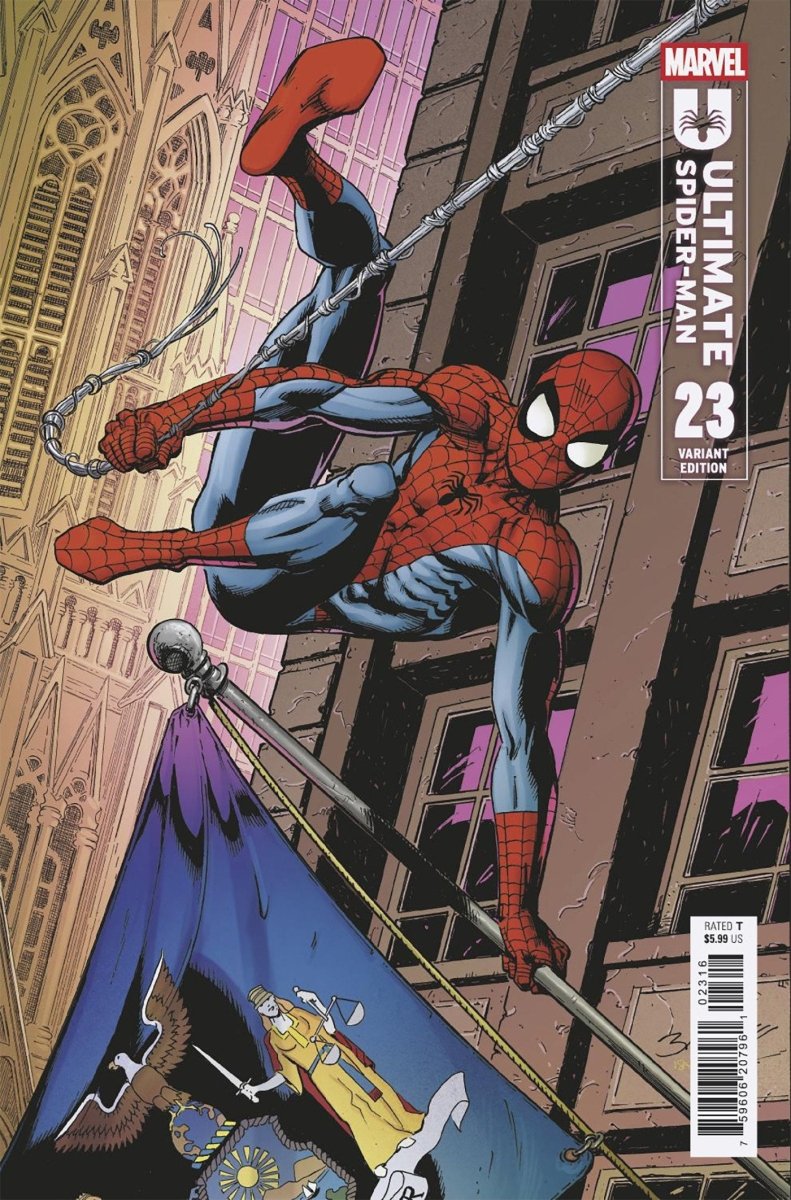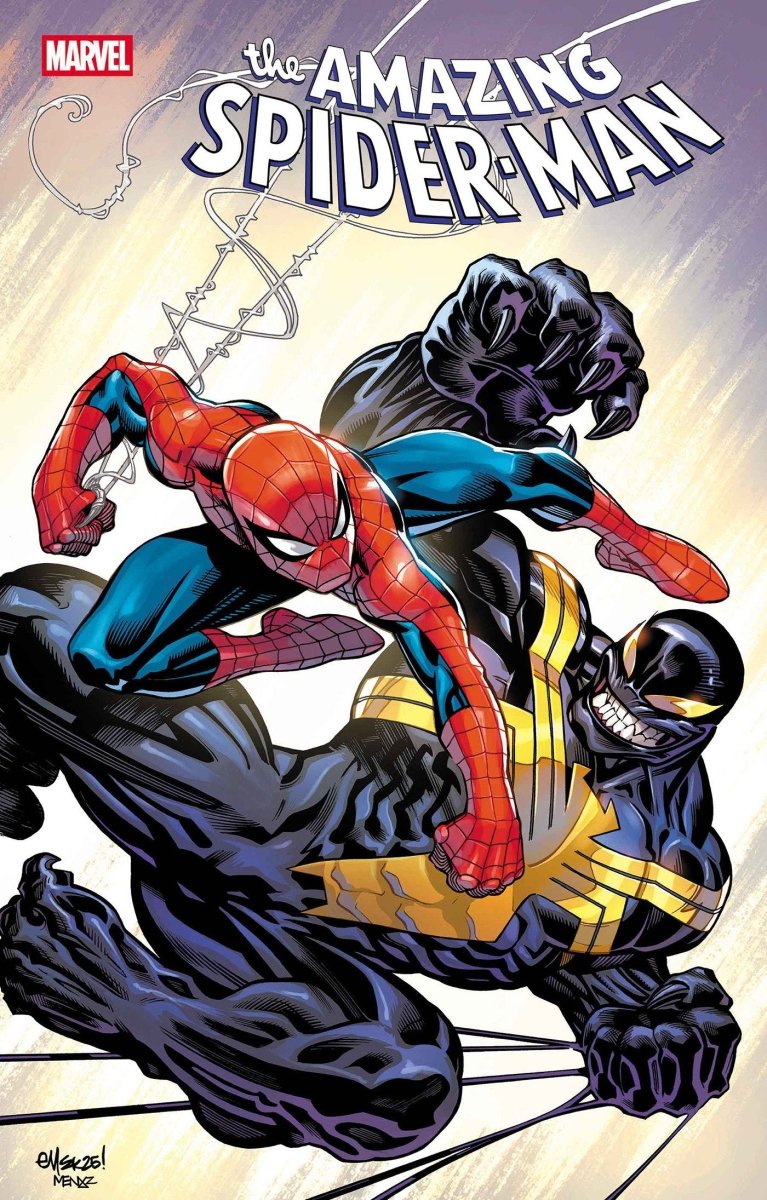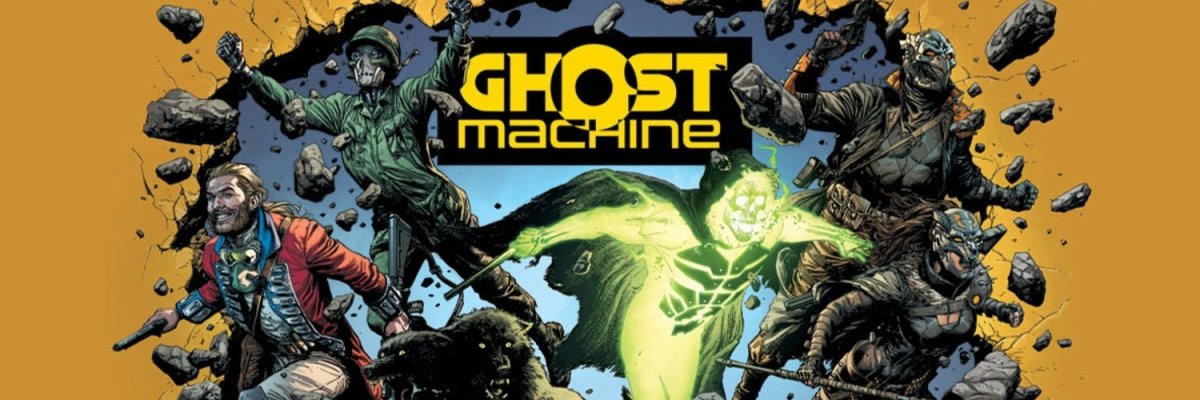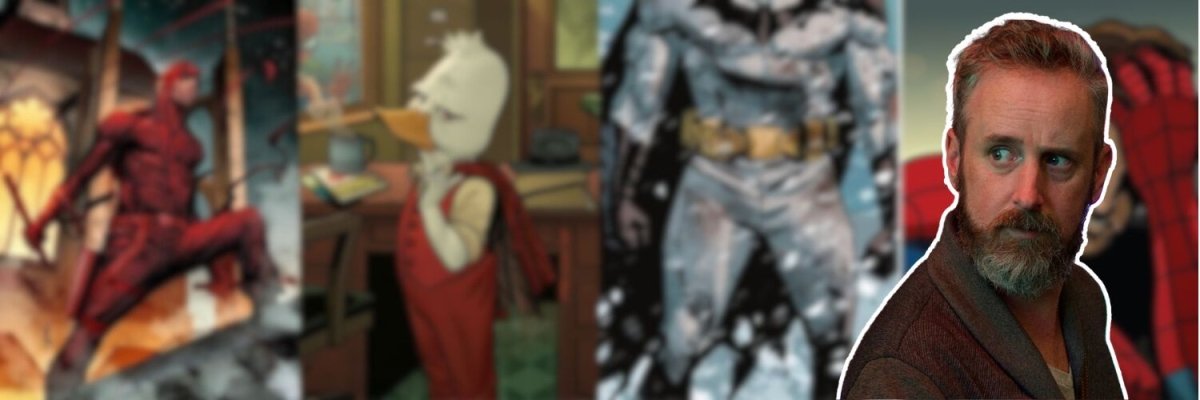
Written by Petar
Wanted to be an astronaut, ended up exploring comics instead.
What happens to superheroes after their origin? Where do they go once they've moved beyond high school heartbreaks, early successes and failures, and the battles with heroes and villains? When you're telling a story decades in the making, how do you push your characters forward without retracing your steps – and still keep things interesting and fresh?
Modern Spider-Man: The Best Stories After the Clone Saga
The challenge of keeping heroes relevant and modern isn’t unique to Marvel, DC, or comics in general. Yet, while many other companies and brands aren’t afraid to hit refresh and reboot their entire universe (as DC has done twice so far), Marvel has remained steadfast, insisting on keeping everything within a single continuity.
How, then, can you have a teenager from the sixties keep young readers coming back issue after issue, forty years later? This is a question Marvel struggled with throughout the nineties and at the start of the new millennium. But don’t worry – I’m not here to talk about the Clone Saga or the Mackie and Byrne relaunch (though there’s some cool stuff to be found in both!). Today, we’re looking at the more successful and beloved tales – as well as what you should pick up if you’re craving some of the more “modern” Spidey takes!
J. Michael Straczynski’s Spider-Man: The Run That Changed Everything (For Better and Worse)
The ’90s were not kind to our wallcrawler. The comics ballooned in scale (to the point that Spider-Man had five – FIVE! – titles running at the same time), variant covers ran wild, and Peter’s clone, Ben Reilly, returned to challenge him for the mantle of Spider-Man. All of this, of course, imploded, and Marvel had to sell off many of their licenses to other companies. So, Spidey was… not in the best position at the turn of the century.
Enter: J. Michael Straczynski (or JMS, for short) and John Romita Jr. (JRJR). The two men set out to spin a new web for Peter Parker, reshaping the mythos and redefining what it means to be Spider-Man – all while working within the larger status quo of the Marvel Universe.

JMS introduced the idea of Totems – people with mystical connections to animals, who gain powers from them. He added a touch of magic to Spider-Man’s mythology and brought in characters like Ezekiel Simms and the villainous Morlun. He also made Peter a teacher (which I personally believe just fits the character), brought Mary Jane back (Mackie had been playing with the couple taking a break), and wrote some incredible stories. Issue #36 was a response to the 9/11 attacks, issue #38 features the conversation after Aunt May discovers his identity, the Back in Black arc sees Peter return to the black suit, and The Other crossover pits him against Morlun in a blood-chilling fight for survival.
During this period, JRJR was at the peak of his artistic career. His pencils were clean, and the blocky shapes he gave his characters were bold and dramatic – perfectly capturing action-packed movement and exaggerated emotion. Few artists could draw Spider-Man as well as he did at the time!
However, there’s an elephant in the room that I need to address. While JMS wrote some of the most beloved Spidey stories, his name is also attached to some of the most hated and controversial ones. Two stories in particular cast a large shadow over the entire run.
The first is Sins Past, which digs up Gwen Stacy’s legacy (both metaphorically and literally) and rewrites her history in the worst possible way. It was written purely for shock value and had little to offer otherwise – aside from Mike Deodato Jr.’s art (though one of the pages still haunts everyone’s nightmares). Thankfully, the story was retconned by Nick Spencer during his run. JMS himself has expressed regret over how the story turned out. It also reveals a level of editorial meddling that... still plagues Spider-Man to this day.
And then there’s One More Day. Since the 90s, Marvel had been trying to split up Peter Parker and Mary Jane, believing the marriage “aged the character” and made him “less relatable” to casual readers. The idea itself has always been polarizing (I’m firmly on the side that thinks it’s one of the worst decisions ever), but the way they went about it was far from stellar. The story was plagued by editorial interference to such a degree that JMS initially asked for his name to be removed from it – though he later withdrew that request.
Still, let the unflattering end not ruin the journey for you! The stories the team crafted are phenomenal in their own right and deserve all the love and attention they get. The Amazing Spider-Man Modern Era Epic Collection has started collecting the run – with Amazing Spider-Man Modern Era Epic Collection Vol. 1: Coming Home being the first of many volumes to come. The run has also been collected in two omnis, though Volume 1 is out of print, while Amazing Spider-Man By J. Michael Straczynski Omnibus Vol. 2 is readily available.
Ultimate Spider-Man (2024): Hickman Proves a Married Peter Parker Does Work
There’s a run that truly disproves the idea that a married Peter Parker doesn’t work – and it’s still ongoing. Meet the Ultimate Parkers – Peter, Mary Jane, and their kids Richard and May. In the pages of Ultimate Spider-Man, writer Jonathan Hickman and artist Marco Checchetto (with fill-in art by David Messina) spin a tale of a family man learning power and responsibility at a much later age.
In Earth 6160, the Maker (an evil Reed Richards) influenced events so that the age of heroes never came to pass. Peter Parker was never bitten by the spider and got to live the life he always wanted – but a part of him is missing. He’s aware of it, Mary Jane is aware of it, and it’s only after a young Tony Stark leaves him a mysterious gift that the pieces of the puzzle start falling back into place.

If you’ve read my articles before, you know I love Jonathan Hickman’s work. He loves writing about families, and he does it well – sprinkling in a bit of soap opera and remixing familiar relationships to keep the book fresh and interesting.
I first saw Checchetto’s art in the pages of Zdarsky’s Daredevil and fell in love immediately. He truly is one of the best artists in modern comics – with sleek figure work and clean designs that make me wish he worked in animation as well. His art elevates the fun story even further – with a special shoutout to issue #12, where one of the main stories unfolds exclusively in the background of the panels.
There’s a reason why this is one of Marvel’s best-selling titles right now – it’s THAT good! And lucky for you, it’s a recent ongoing series – Ultimate Spider-Man has only around a dozen issues out so far. This means you can grab the two trades – Ultimate Spider-Man Vol. 1: Married With Children and Ultimate Spider-Man Vol.2: The Paper – and be caught up just like everyone else enjoying this amazing book!
Ultimate Spider-Man (2000): Bendis and Bagley’s Definitive Modern Reboot
You might decide to do your own quick search on Ultimate Spider-Man and come across a series with 150 issues. “Petar, you liar,” you might say, “you told me this was a quick one to jump into!” Well, I didn’t lie. It’s just that this isn’t the first Ultimate Spider-Man – that earlier series reshaped the way we look at the character in the 21st century.

In 2000, Marvel decided a reboot of their universe was in order. However, they did not want to reset all the progress they had made. Instead, they opted for something different – creating a parallel universe where all stories don’t start in the 60s, but in the very modern noughties era! Meet Peter Parker of the 21st century – he’s still nerdy, quiet and introverted – but now in modern times!
Jokes aside, while writer Brian Michael Bendis expands the original 11-page origin story into seven issues, everything else is much tighter and more cohesive (helped by knowledge of 40 years of continuity). Instead of MJ taking 256 issues to admit she knows his secret, in Ultimate Spider-Man it takes just 16 issues for her to find out. Uncle Ben is not a silent cameo character in one panel – he has character and charisma. His death hurts the reader as much as it hurts Peter, even though we know it’s coming.
While Bendis was a new face at Marvel at the time, his artist collaborator was far from that. I’ve mentioned it in my previous article on the topic, but Mark Bagley is – to me – the best Spider-Man artist we will ever get. He worked with David Michelinie, stuck through Maximum Carnage and the Clone Saga, and then landed on Ultimate Spider-Man. With Bendis, the team worked on the comic for 111 issues – earning them the title of the longest run at Marvel – beating the previous record holders, Stan Lee and Jack Kirby, on Fantastic Four.
The run is collected in a series of five omnibuses (Ultimate Spider-Man Volume 5 coming out later this year), but Epic Collections have also started re-collecting the run – with Ultimate Spider-Man Epic Collection Vol. 1: Learning Curve collecting the first two arcs.
Back to Basics: Peter Parker Starts Over in Brand New Day
Let’s go back to Amazing Spider-Man. You’ve erased Peter’s marriage – he’s single, unemployed, and endlessly relatable. What now? Well, Marvel assigned a rotating group of writers and artists to work on the book and reduced the number of titles back to just Amazing – welcome to Brand New Day!
The story deals with the ramifications of Peter’s deal with Mephisto – the couple has never been married, and this creates a domino effect that reverberates throughout Spidey history. People no longer know his identity, friends and foes are back from the dead, and new villains are popping up. The status quo is very reminiscent of the current MCU Spider-Man, and they might be pulling from this canon when approaching the next movie.
Many writers worked on the title: Dan Slott, Marc Guggenheim, Bob Gale, and Zeb Wells were writing, with art by Steve McNiven, Salvador Larroca, Phil Jimenez, Chris Bachalo, and many more. The stories feel fresh and energetic, and the carousel of writers doesn’t hurt – everyone brings something new and interesting. No matter my opinions on One More Day, this era was an enjoyable read, with some fun mysteries thrown into the mix to keep you guessing and coming back for more. The run is a good starting point – not being too tightly tied to continuity – and has been collected in the Spider-Man: Brand New Day omnibus, with the second volume coming in January 2026.
Superior Spider-Man: When Power Comes Without Responsibility

No matter what take you have on Spider-Man, one thing is consistent – with great power, there must always come great responsibility. But what happens when the character has all the power and no responsibility? Would that make Spider-Man… Superior?
Meet Superior Spider-Man – Peter Parker of the main Earth (616), but with something slightly… off about him. This Peter is more violent, more radical, and has no patience for the simpler things in life. That’s because in 2013, writer Dan Slott decided to kill off Peter Parker and replace his mind with that of Doctor Otto Octavius.
Doc Ock quickly takes over Peter’s life, bringing many improvements helped by his lack of concern for others. While controversial at the time, this decision revitalized the line once more – and is now looked back on fondly. Superior Spider-Man was ruthless but incredibly entertaining, examining what it truly means to carry the mantle of Spider-Man – and all the power and responsibility that comes with it. It also makes for a fun read and can be picked up with almost no prior knowledge of the greater Spidey mythos.
Nick Spencer’s Amazing Spider-Man: A Fresh Start with a Familiar Heart
In the 2010s, Spider-Man had three relaunches – two under Dan Slott, and a third in 2018 under writer Nick Spencer and artists Ryan Ottley and Humberto Ramos, with others joining the fray in later issues. The run serves as a fresh start after Slott’s extended tenure – Spencer picks up on threads left by what came before but quickly begins building his own mythology.

I really enjoyed this run – and the return of Peter and MJ's relationship isn’t the only reason for that. Spencer gave Peter a very fun voice, and the title embraced a more light-hearted approach – the humor fit just right under Spencer’s pen.
Ottley did wonders with Kirkman on Invincible, and his art on Spider-Man is equally spectacular. While many comment on the similarities between the two titles’ protagonists, it’s the explosive action where Ottley truly shines – and Spencer lets him flex in every issue he’s in. Ramos, on the other hand, returns to the title after working on it under Slott. I enjoy his figurework very much – his pencils are sleek, stylish, and kinetic. The run has been collected in two omnis:
From Laughs to Legacy: Chip Zdarsky’s Take on Spider-Man

Chip Zdarsky has recently been writing some very serious comics – like Daredevil or Batman. But just a few years ago, he was one of the funniest guys in the industry – and that’s what made him the perfect fit for Spider-Man!
Zdarsky’s Spidey is actually a collection of different titles and stories. He worked on Peter Parker: The Spectacular Spider-Man with Adam Kubert, delivering a fun and heartfelt, character-driven side series that ran concurrently with the tail end of Slott’s run. It’s nothing radical – instead, it’s exactly what you’d expect from Zdarsky – fun, enjoyable, and street-level. Issue #6 stands out in particular, featuring a long-awaited interview with J. Jonah Jameson, as well as issue #310 (after the original numbering returned), which Zdarsky also drew, earning him an Eisner Award for Best Single Issue.
And then he turned around and gave us Spider-Man: Life Story, one of the best Spider-Man mini-series ever made. This story takes place in real-time, starting with Spidey’s debut in 1962 and following him and his cast as they grow and change through 60 years of Spider-Man history. The art was (of course) done by Mark Bagley, and it is (of course) absolutely astonishing, spectacular, and amazing.
All of Zdarsky’s work on the character has also been collected in an omnibus format, in Spider-Man by Chip Zdarsky. While I generally don’t enjoy creator-oriented omnis (with Stern’s Spidey being the only other book on my shelf), this one is fantastic – and if you want a one-and-done Spidey experience, this is the way to go!
From Teen Hero to Multiverse Icon: Why Spider-Man Continues to Resonate
Spider-Man might have started his life as a teenager in the 1960s, but he has evolved far beyond that. Through years of terror and torment, erased marriages, and magic animal totems, one thing will always hold true – Peter Parker will go through an emotional wringer and come out stronger for it. That resilience is what makes him relatable and why he endures.
And with the Spider-Verse becoming more and more popular thanks to the comics and the movies, the idea of toying with power and responsibility will prove to be an endless well of inspiration. I love seeing different versions of the character and different takes on the mantle, and this constant reinvention will ensure the legacy of Spider-Man never fades.

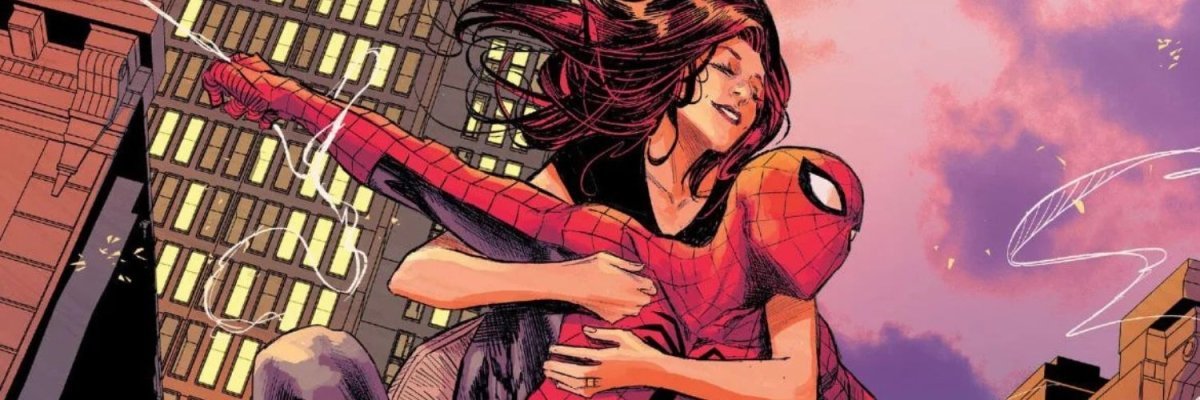
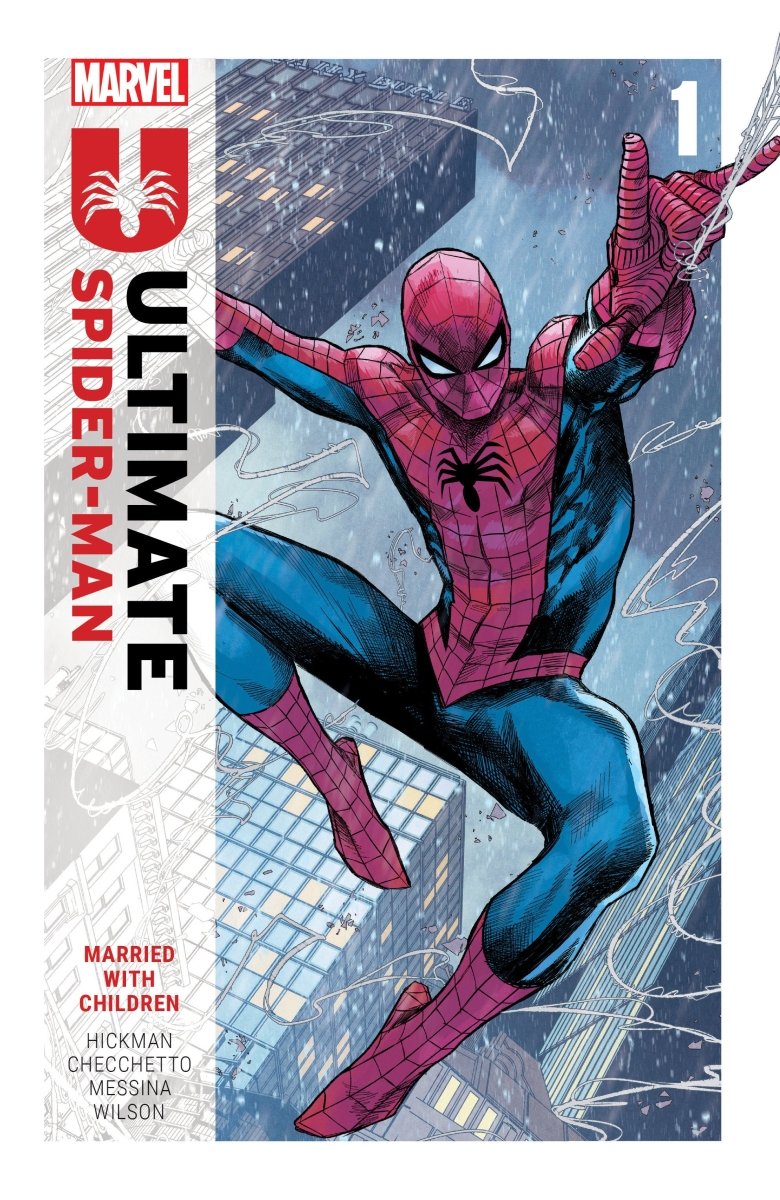
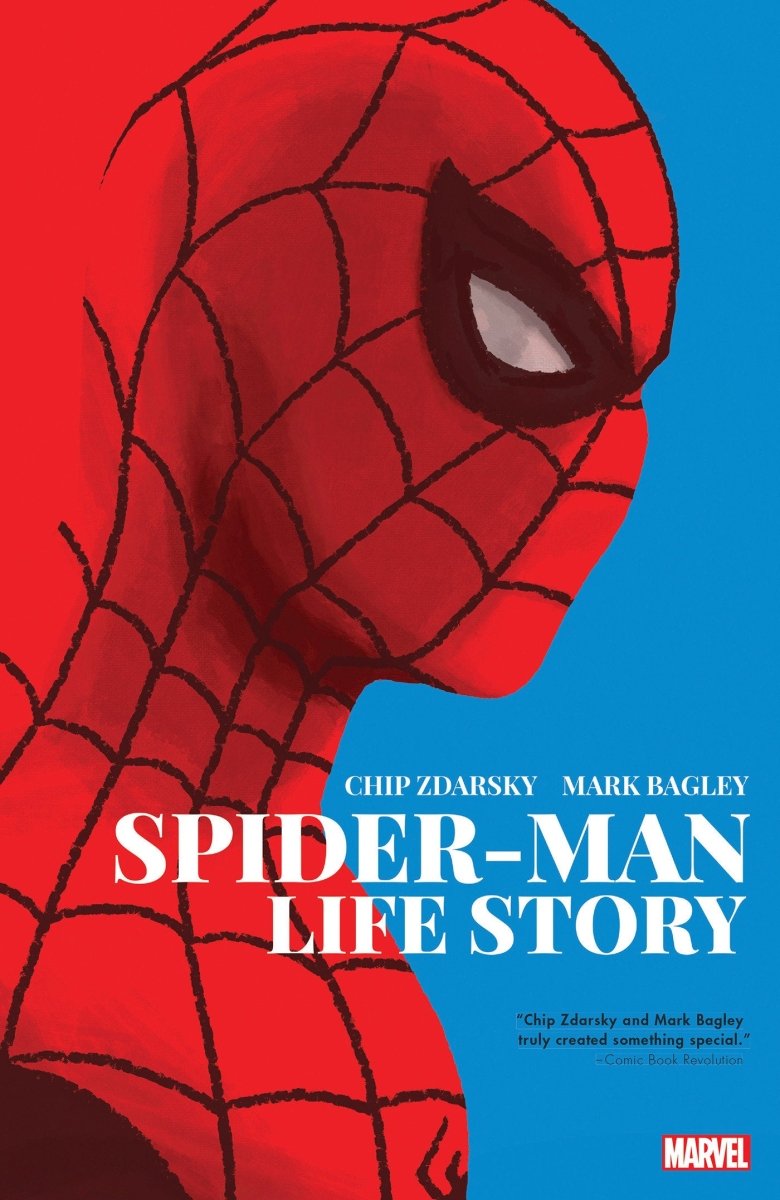
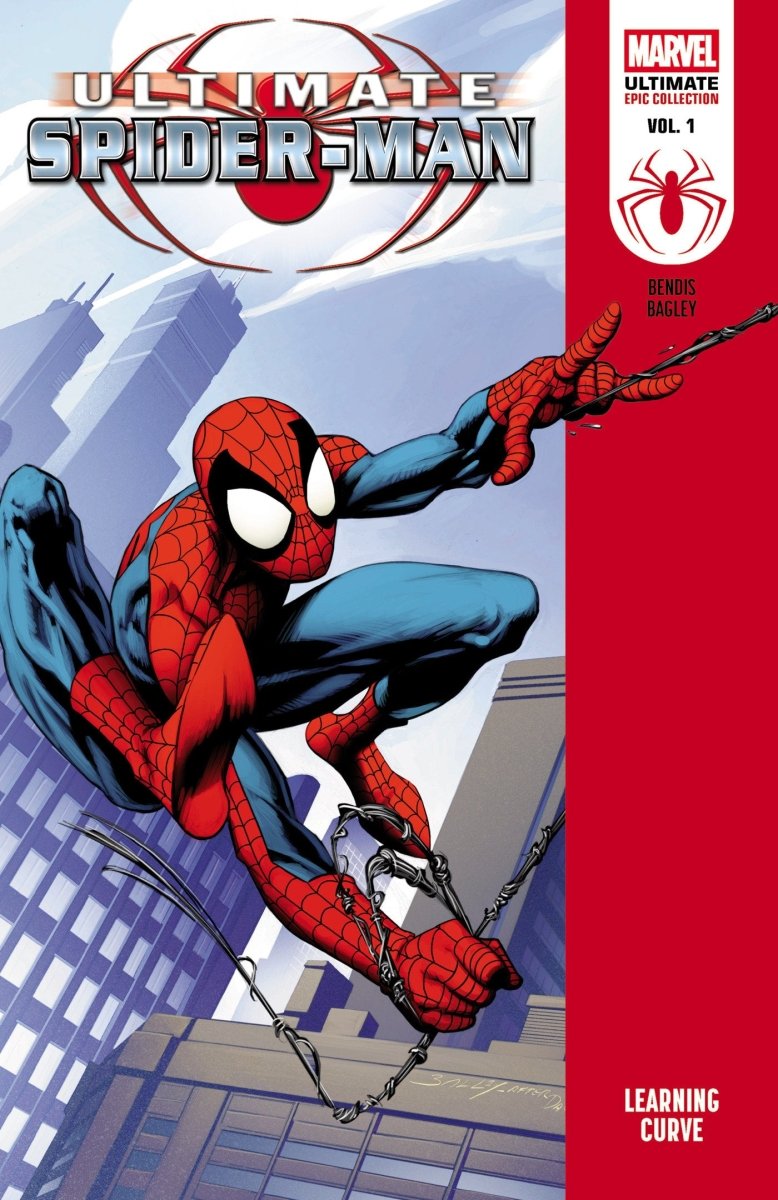
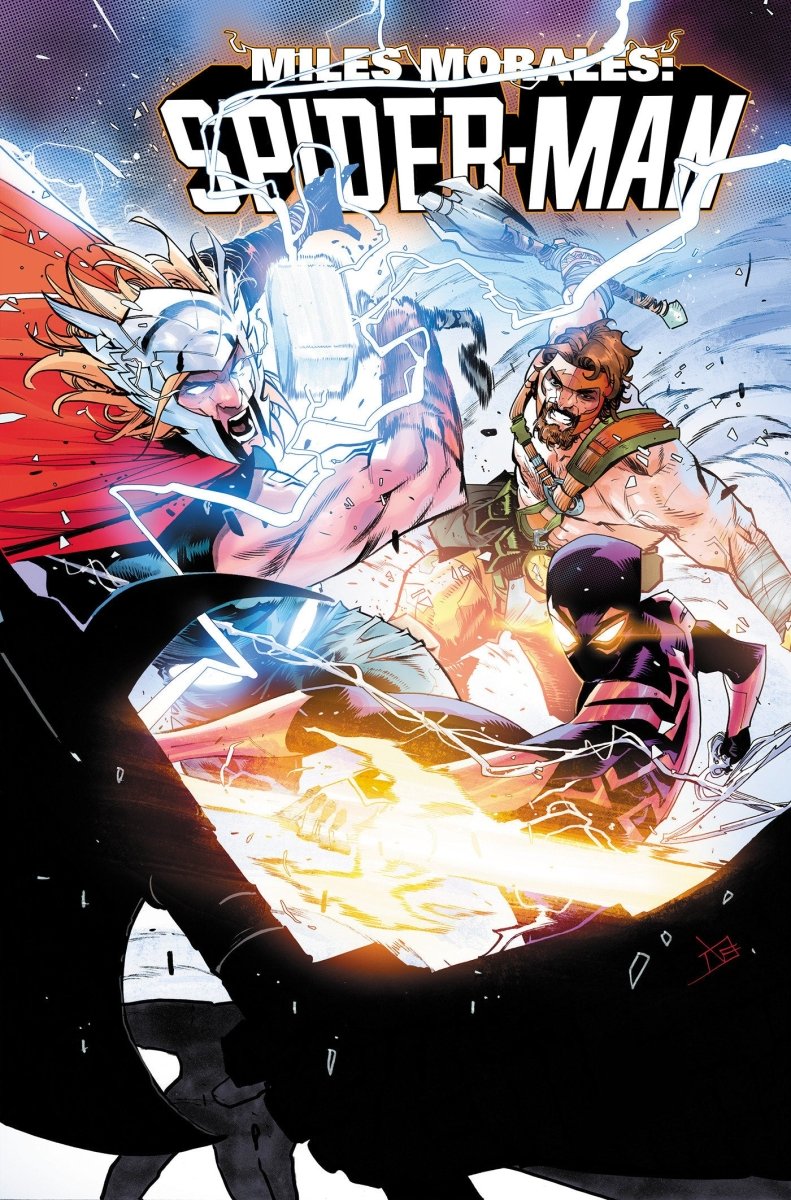
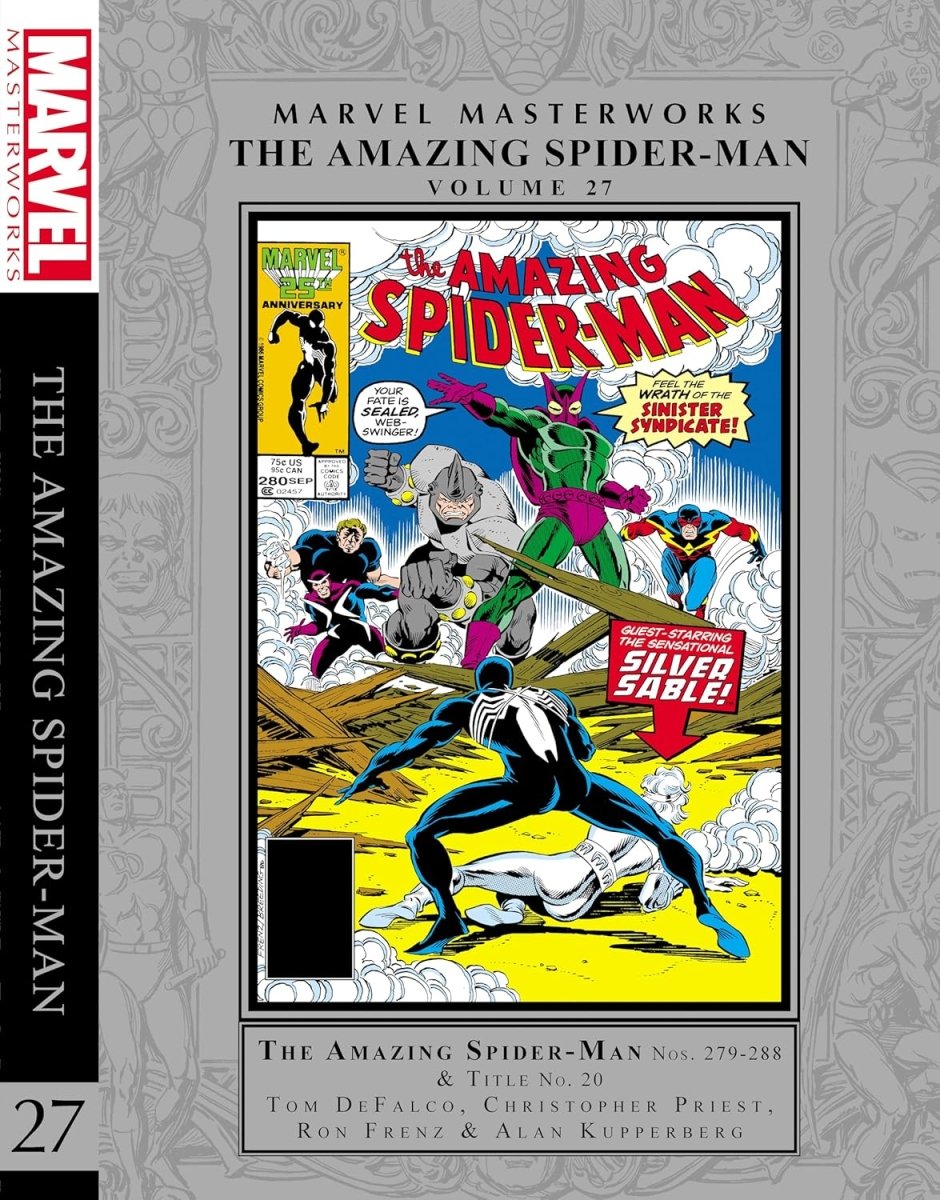
![Marvel Masterworks: The Amazing Spider - Man Vol. 27 Variant HC [DM Only] *PRE - ORDER* - Walt's Comic Shop](http://waltscomicshop.com/cdn/shop/files/marvel-masterworks-the-amazing-spider-man-vol-27-variant-hc-dm-only-pre-order-823327.jpg?v=1748602142&width=852)

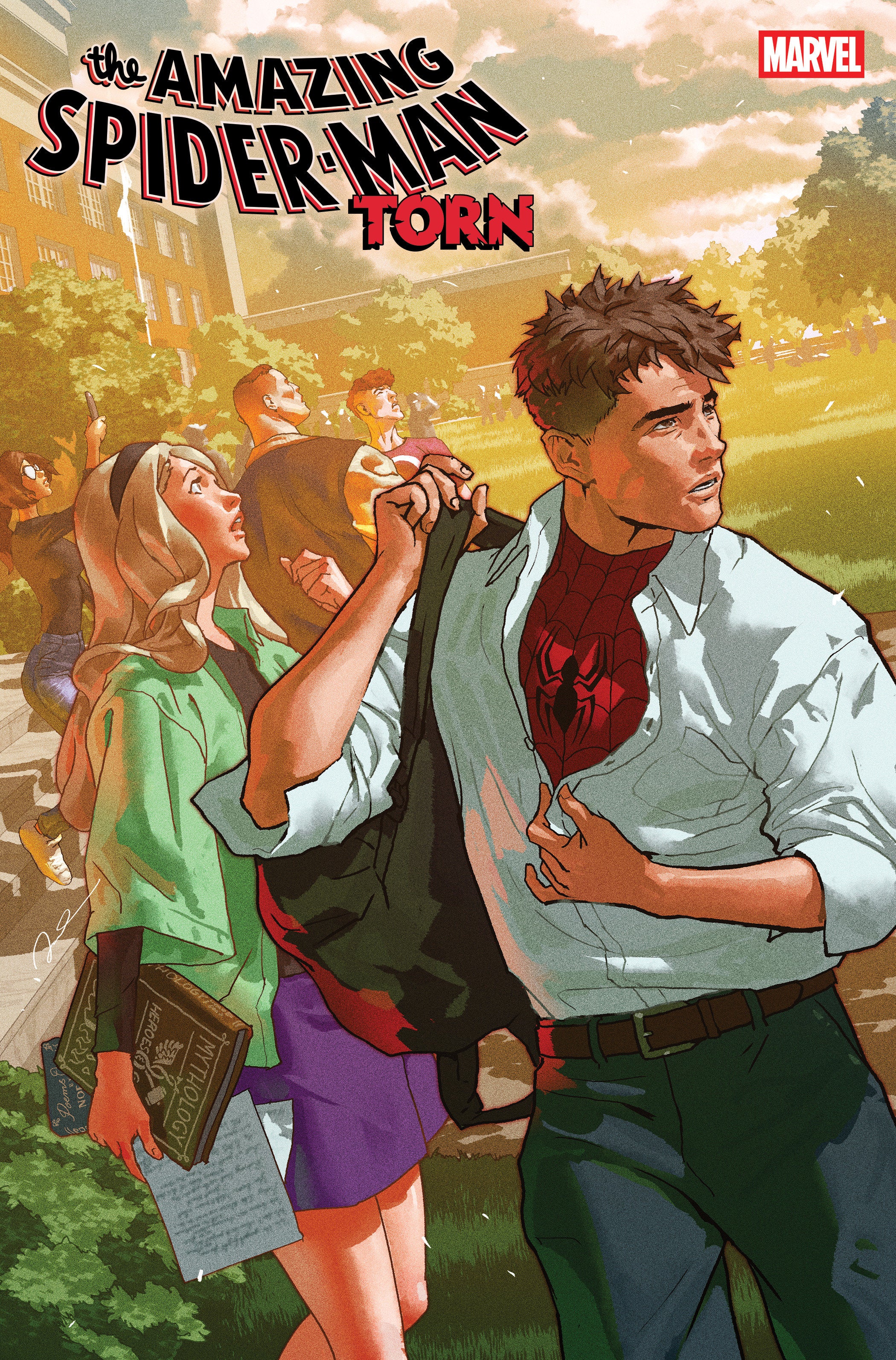
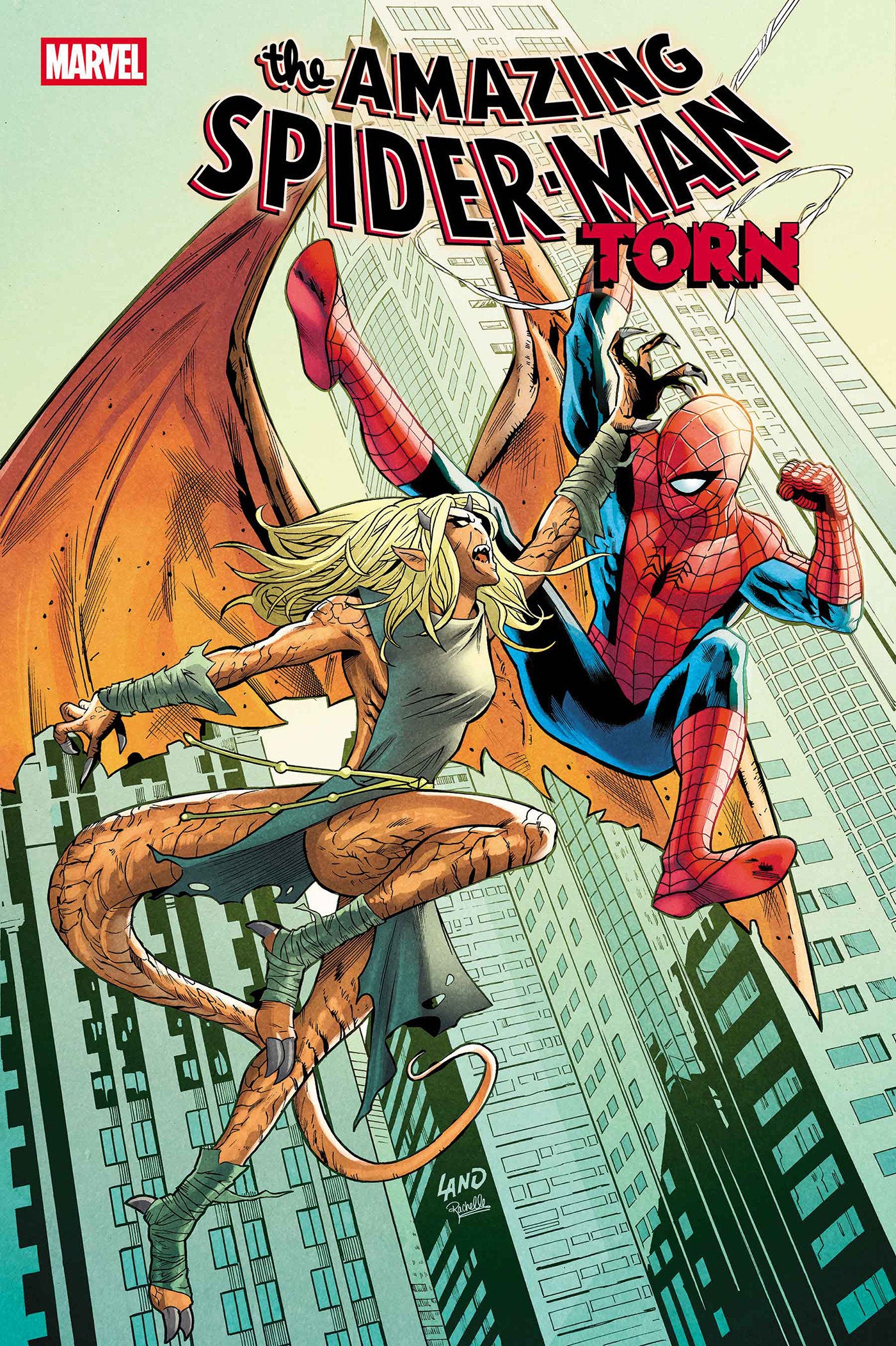
![Radioactive Spider-Man #3 [AOR]](http://waltscomicshop.com/cdn/shop/files/75960621372600311.jpg?v=1766164055&width=1400)
